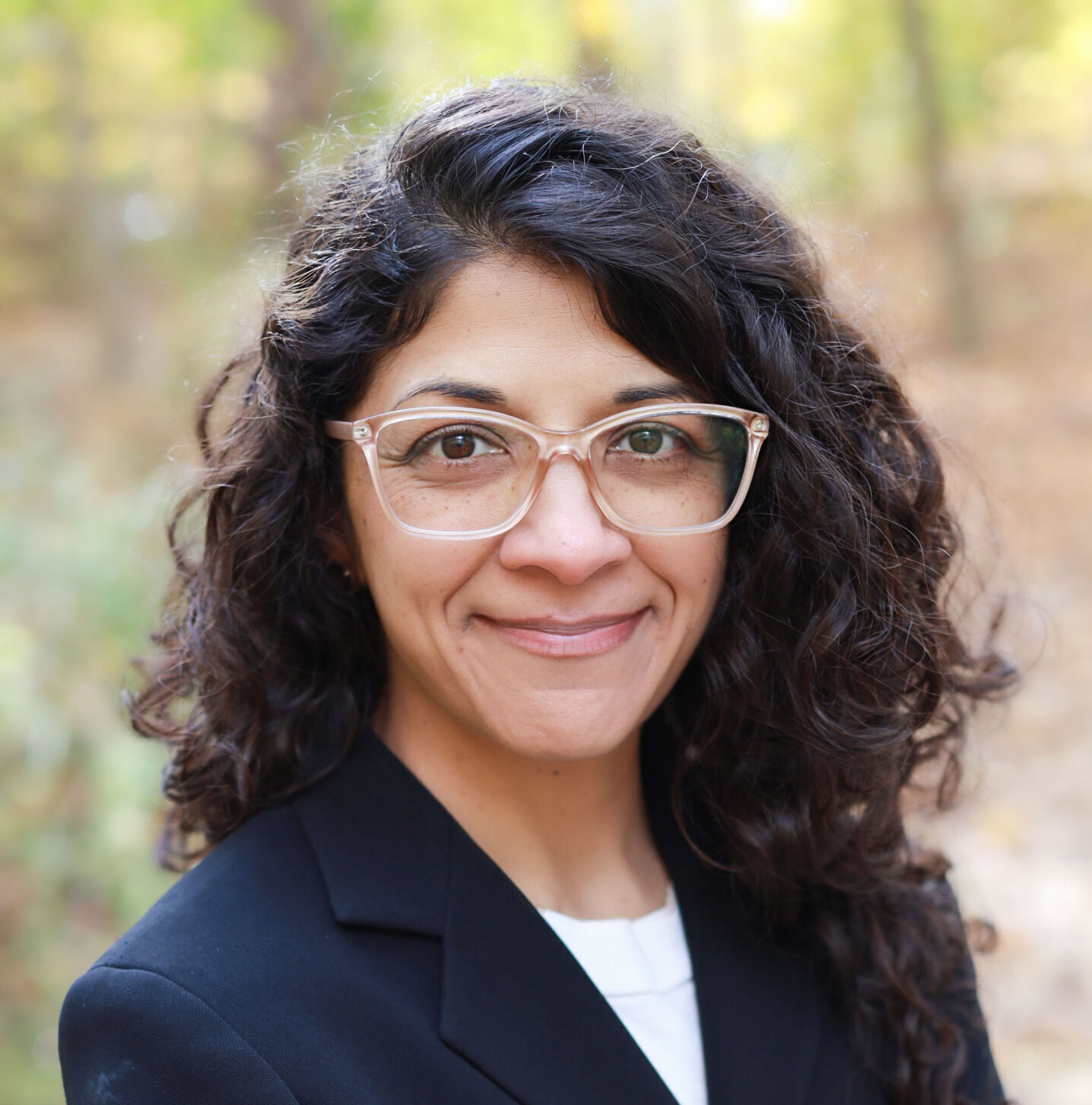A: While no activity is risk free, you can certainly sing safer!
TL; DR: COVID-19 is spread by tiny droplets floating around in the air. Talking makes more of these and singing makes even more.
Because of this, singing is a higher risk activity for spreading COVID-19. With COVID-19 transmission decreasing in many places in the U.S. and other places in the world, you can consider singing safer in your place of worship, with your friends, or just for fun!
📌 Remember! SARS CoV-2 is spread by little droplets in the air, usually from someone breathing close to you, talking close to you, or coughing or sneezing close to you (and having COVID-19).
We know that singing, especially choral singing, has been linked to superspreader events like the one in Washington State, where 87% of people got COVID-19 after a choir practice with one person who was infected. So, for some time, many groups have suspended singing practice and performances.
🎶 Some choral groups did get back together in 2020 or 2021 and included new measures like: putting surgical masks on any instruments used, increasing spacing between people to 6 feet, opening windows and using air filters in indoor spaces (increasing ventilation), limiting time of practices, limited number of participants, and ensuring that audiences wore masks. Many of those practices can still be applied.
📰 There have not been many studies examining singing and the spread of COVID-19 over the past six months. Our understanding of singing as a risky activity has not changed after widespread vaccinations rolled out. From prior studies, we know that it is a risky event. With groups of mixed vaccination status people, unvaccinated populations (like children) and people at higher risk (like the elderly), it is important to continue to think of singing as a higher risk activity. With community levels of transmission decreasing, it is reasonable to consider singing together but the goal is still to make it safer not only for the singers but also for people attending performances.
Here are a few practices that choir associations are recommending:
✅ Do space out performers so that they have at least 3 feet between them and 6 feet in areas of higher transmission.
✅ Do limit the number of performers.
✅ Do encourage humming, moving, clapping for members of the audience in place of singing.
✅ Do increase ventilation in places where people are singing and try to limit time together for practice and/or performances (30 minutes is recommended).
✅ Do sing outdoors when possible!
✅ Do have performers wear masks if your population is at higher risk or if many people are not vaccinated.
✅ Do have attendees wear masks if you are in areas of higher transmission and/or many people will not be vaccinated or are at higher risk.
✅ Do encourage regular testing (rapid antigen) before performance events for performers and/or at regular intervals (weekly).
✅ Do encourage vaccination as we know it decreases the risk of developing COVID-19!
➡️ We cannot determine when it is absolutely safe to sing together again in a choir. BUT, we can make sure your activity is safer by applying our #SMARTS.
Stay Safe. Stay Sane.
Those Nerdy Girls
Additional Resources:
National Choir Director’s Association List of Resources
COVID-19 Resources for Artists
Research Study on Droplets and Aerosols related to Choir Singing


